If you’re looking for tips and tricks on how to play the oboe, then look no further! Our Oboe For Beginners – Top 10 Tips, will help kick-start your journey. They won’t make you an overnight sensation, but they will help you get on the right path to becoming a great oboist. This beautiful double reed instrument can be difficult to play, but it’s totally worth it in the end…
Always Warm-Up
Are warm-ups really necessary? Well, to play the oboe, you need to work hard, practice, and most importantly, have a great technique. And all of that can come with the toll of backache, arm pain, wrist tension, to name just a few things. So if you’d like to avoid those not-so-fun symptoms of oboe playing, I’d advise a nice warm-up; just to get you started…
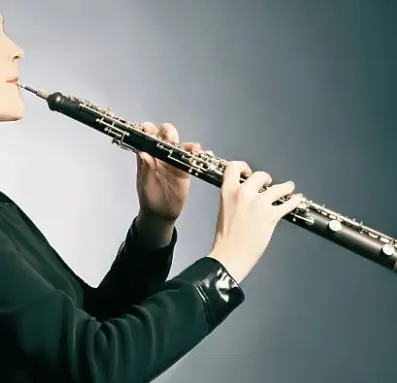
Set Yourself Goals
We all need goals in life to move forward. Playing the oboe isn’t just about sitting down to start playing; it’s about planning what you’re going to learn, and how you’ll get there. Macro-goals are brilliant. Don’t say “I’m going to learn the Bach Oboe Concerto in the next six days”, as quite frankly, that’s ludicrous! Instead, say you’ll learn two pages of the concerto. And when you do that successfully, celebrate.

This of course applies just as easily to learning Twinkle, Twinkle, Little Star, as it does to Bach.
Set goals, set your time to practice, and go and do it!
Look at the basics
I know scales and arpeggios are not fun, but they are crucial. Just read about them here in our ‘Beginners Guide to Playing the Oboe‘ – and you’ll find out why. Learning the oboe is difficult, but the quicker you understand that pretty much all music is either scale or arpeggio based, the faster you’ll make progress. So love them or hate them, the basics are here to stay!
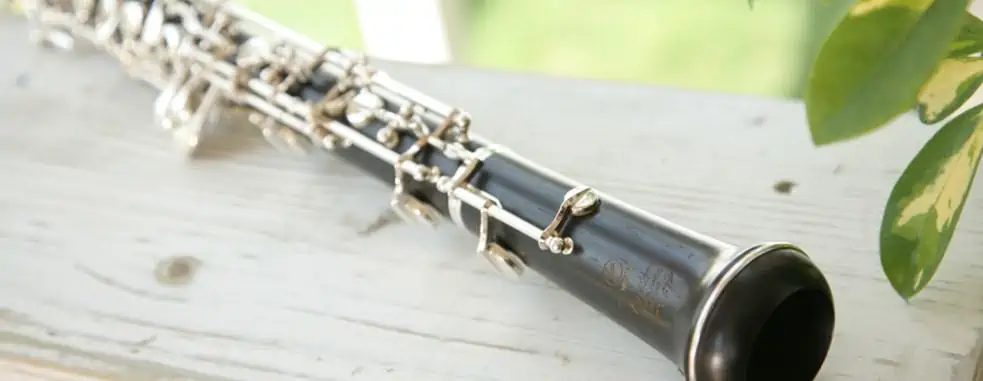
Sort out your set-up
You’ll probably see your oboe teacher once a week, at best. The majority of the time you’re practicing the oboe by yourself, so make sure you are comfortable! Turn off your phone, have a glass of water nearby, and carve out time in your schedule to have some dedicated practicing. It doesn’t matter if it’s 15 minutes or three hours, it’s the quality of the practice that matters.
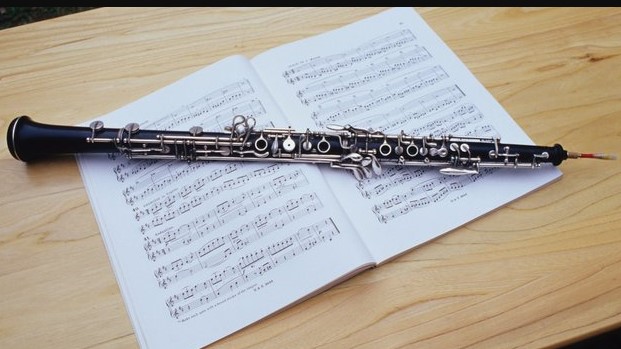
use a Metronome
If you can’t play a piece of music in time, then you still have some work to do. “Flight of the Bumblebee” is played, depending on how you count it, at about 350bpm for instance. But don’t start trying to learn the piece at 350bpm. It’ll never happen! Start at 45bpm, and when you can play it at 45, speed it up to 55, and so forth until you can play at the correct speed.
A metronome is so useful. Make sure you listen to the beat, follow it, and never stop using it. It doesn’t matter if you’re a complete beginner, or a professional, we all use metronomes.
We recommend this metronome – it just always works!
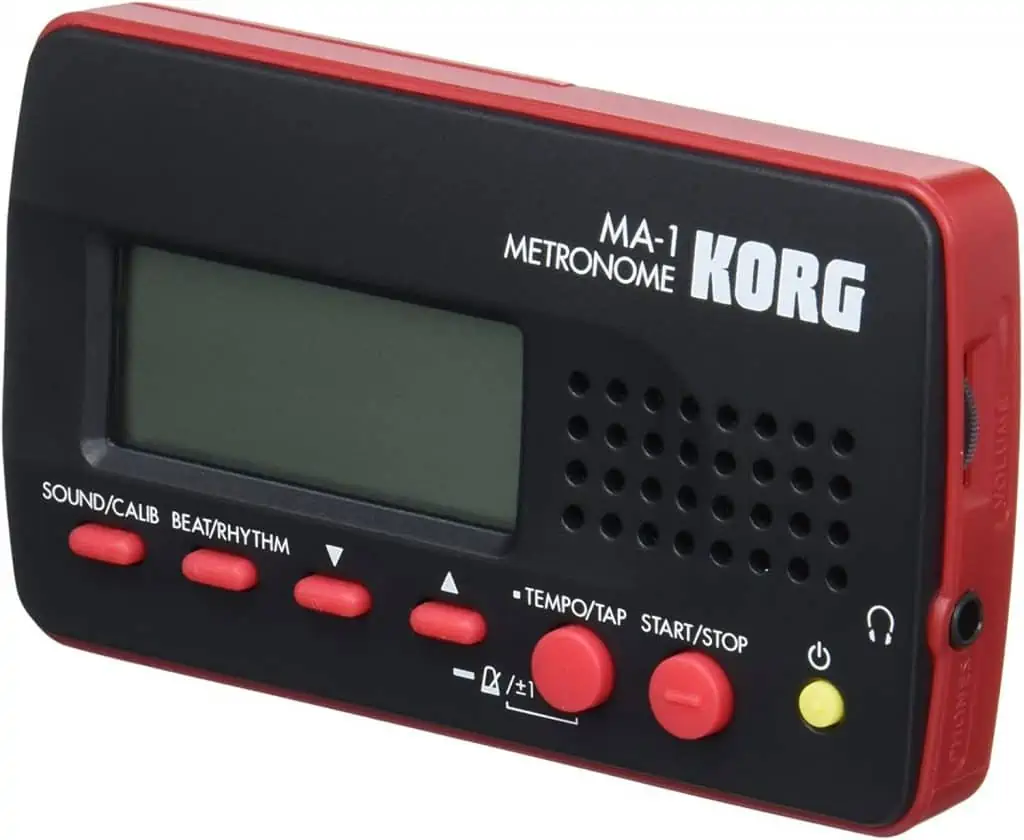
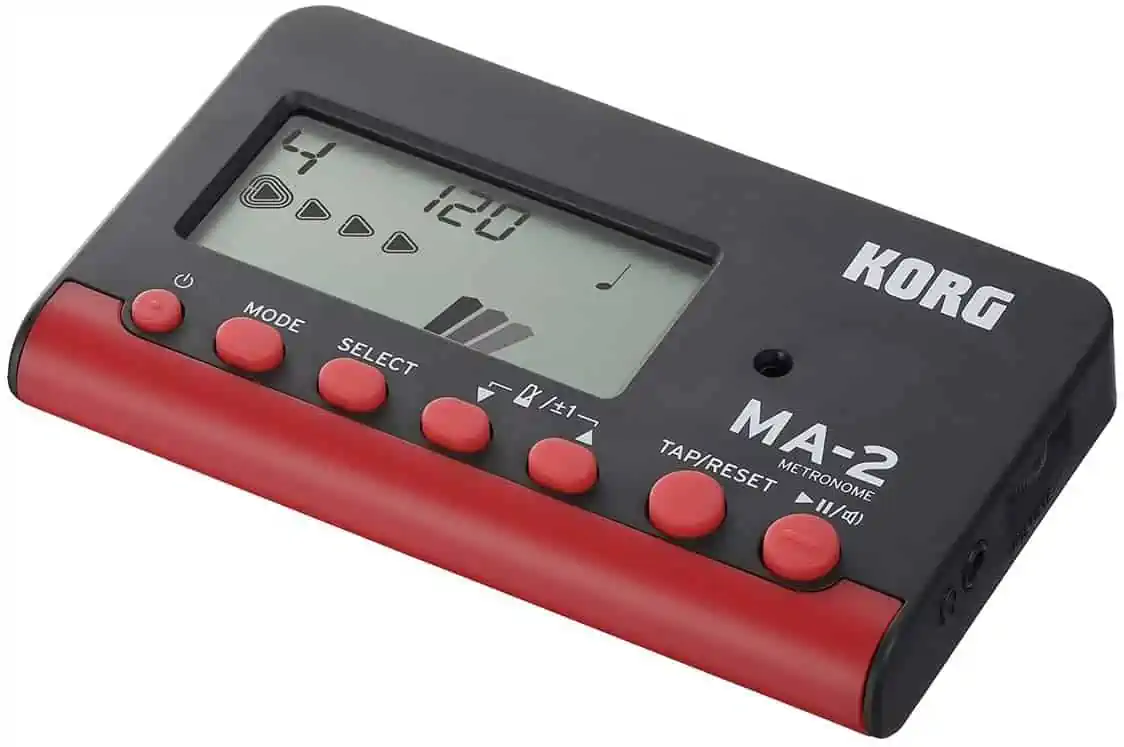
COMES WITH: A larger and more easily readable display
FEATURES: Timer, enhanced volume, and a useful 'sound-out' mode
Korg MA-2 metronome
When you check the price above, you’ll see there are loads of great places to buy this item. Our personal favorite is Gear4music.
It is the largest music retailer in the UK and fast becoming the most respected online music shop in the US too. Their customer service is excellent, they have competitive prices, really fast shipping, and usually have the longest guarantee.
Most professional musicians use Gear4music, so there is no reason why you shouldn’t too!
- Has a Tap Tempo function, making it super easy to use
- Earphone jack with adjustable volume
- Stylish display
- Compact - so easy to travel
- None!
The professional musician who wrote this article combined many things,
from the product build, manufacturer’s reputation through to feedback
from other users, to create our famous TedScore™.
Rule number six - see rule number five
We can’t stress this oboe practice tip enough. Good musicians learn how to practice a fast piece at a tenth of its speed, and then gradually speed it back up to a normal pace. And what is the reason for this? Your brain!
When you play things too fast, you’ll make mistakes. Every time you play the oboe, your brain is learning what you play. It learns the correct notes you play, but it also learns the mistakes. So if you are playing too fast, and making lots of errors, your brain will be learning those errors.
The alternative, which is our suggestion, is to go slow. This way, you won’t make errors, and your brain will only learn how to play the piece correctly. When you gradually build up the speed, your brain also builds up the neurons of how to play the piece. And eventually, learning to play like this will mean minimal mistakes and your best performance. When you see on the sheet music is what you will play on the oboe!
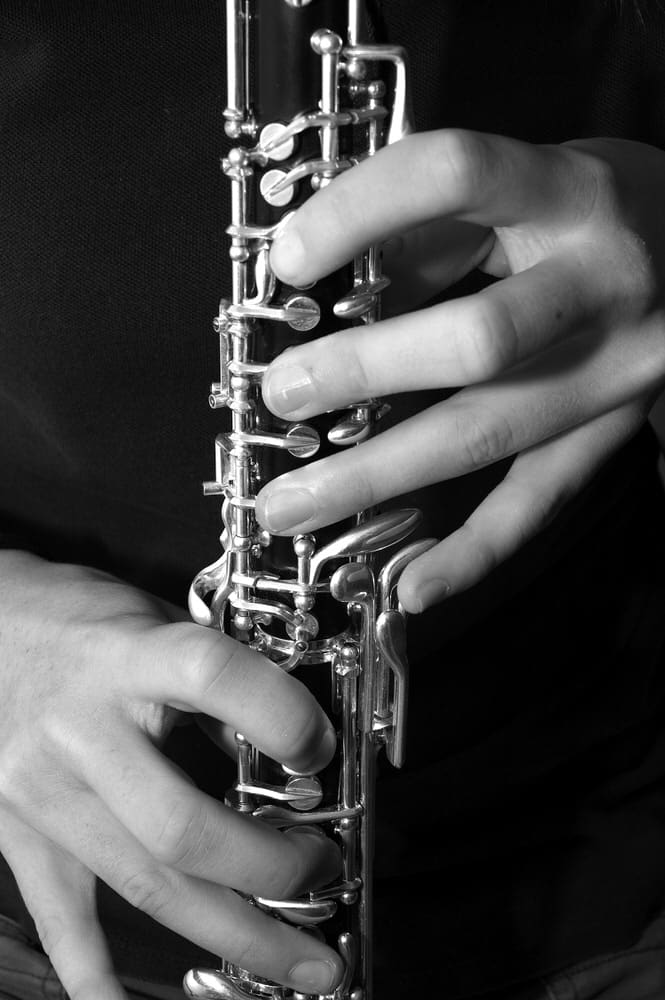
Listen to music
The oboe is an orchestral instrument, and most of the time you’ll spend sitting in an orchestra, playing with other people. The repertoire is vast, so start listening. Just visit YouTube and type in ‘Oboe Solo’ – and you’ll have 1000’s of clips to listen to. It’s such a simple tip that can be super effective.

Work on your embouchure
Your embouchure is the key element of your playing that can change your tone, your sound, and right from the beginning, you’ll want to give some dedicated time in your practice routine to improving your embouchure. Your mouth is a complicated instrument, and all oboeists need to work hard to get their embouchure as good as possible – and you’ll be no different.
Look after your reed
Without your reed, your oboe is useless. It’s the conduit between you and the instrument – so look after it. Making an oboe reed is an art in itself, and one that you should learn as early on as possible. Start with a medium soft reed.
Remember to use these top 10 tips
It may sound obvious, but this list of tips and tricks will be helpful forevermore. Playing oboe is a lifelong skill that you can acquire. And learning how to play oboe is not just about practice, lessons, reading the sheet music correctly, remembering all the keys, playing in tempo, playing the correct rhythm and using the correct fingers (I could literally go on all day with this list).
Additionally, when starting out on the oboe, it’s essential to find a reliable beginner oboe from reputable brands like Yamaha or Fox, ensuring a quality instrument that supports your early learning and progression.
Lastly, It’s about enjoying yourself. And like most things in life, if you see rapid progress, you’ll enjoy things more. And if you enjoy things more, you’ll make more progress. It’s the circle of life!
So remember to print off this list of top 10 tips, and refer back to it regularly.

Oboe For Beginners
Summary
FAQ's
You get better at oboe playing by practicing. If you have a great teacher guiding you, and you follow their advice, you will get better if you practice regularly enough.
There are so many reeds to choose from, but I think in general, the best reed for beginners is a medium soft reed. If you haven’t done so yet, try making your own. And remember to carry cork grease around with you everywhere as well!
All instruments are hard, and the oboe is a hard instrument to play. As for ‘is oboe the hardest instrument to play?’ – I think it all depends on the person. Some people can play it and it feels totally natural to them – like they are swimming with the tide. Some people can play the oboe and it feels like they are swimming against the tide. Everyone is different. So give it a try, and see which way the water is flowing!
You start playing the oboe by getting a great teacher. Oboe lessons are vital if you want to learn the instrument correctly.



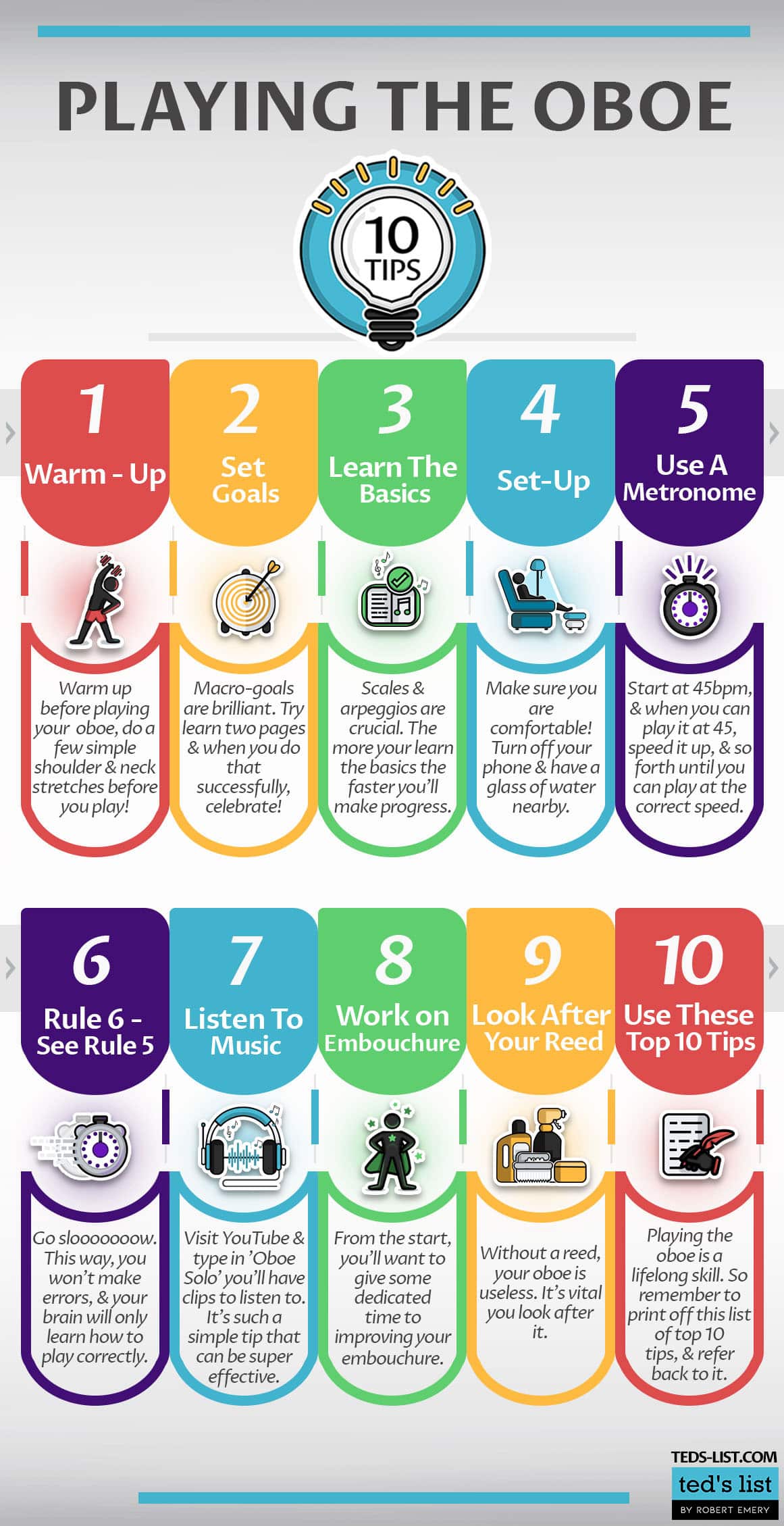

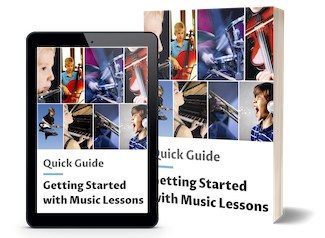





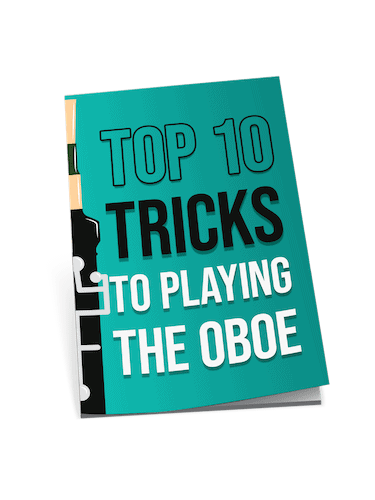
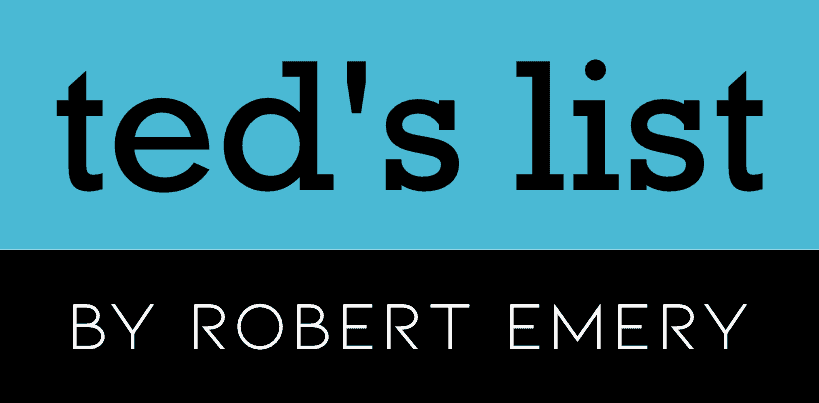
hey, what’s this rule number six you mentioned? see rule number five? that’s kinda like a secret code, huh? lol
It’s just a playful way to emphasize the importance of using a metronome again.
Sorting out your set-up can make such a profound difference, couldn’t agree more. I’ve recently upgraded my reed and the change in sound clarity is remarkable. It’s essential for beginners to realize that not all equipment is created equal and investing in good quality reeds and a proper maintenance kit can significantly enhance your learning curve and enjoyment of the instrument.
Setting goals seems smart, but I’m not sure where to start. Any tips on setting achievable goals for a beginner?
Really digging the insights here, especially about working on the embouchure. I’ve been playing the sax for years and recently decided to give the oboe a whirl. The transition’s been a bit rough with the different mouth positioning and pressure needed. Katie Bennington’s advice on taking it step by step, focusing on proper technique, definitely resonates with me. Any fellow wind instrument switchers here finding the same challenges?
Absolutely! A metronome can really help with pacing and integrating the new embouchure adjustments. Keep at it!
Yeah, the switch has been tricky for me too! Did you find using a metronome helpful for getting the timing and breathing down?